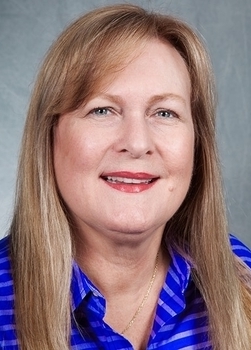One of Magnus’ former employees once remarked that the times he saw me at my happiest were the days when I was analyzing a new data set. How true! There are few things in life I enjoy more than delving into a raw data file from a recently conducted survey of potential jurors. I eagerly await the data to be compiled following our research projects and, as soon as I receive the data file, I close my office door (with the sign that says “GO AWAY” placed on the doorknob) and settle in for the time it takes me to perform statistical analyses on the data. Call me a science nerd, but analyzing data, then reporting findings to our clients, along with providing suggestions for ways they can improve their case, are some of the most fun times in my life! Hooray for data! Kudos for science! I absolutely love what I do for a living; I cannot imagine doing anything else; and helping attorneys with their cases by applying science to their world of litigation is a challenge I accept willingly. Most of the time, Magnus’ clients have little or no appreciation for the behind the scenes, scientific work we perform on their cases. However, on the day I am writing this post, I was more pleased than almost anyone can imagine when, during a telephone conference review of Magnus’ report, one of my clients asked, “Dr. Pigott, what was the dependent variable you used in your analyses?”. I was shocked, almost to the point of being rendered speechless, because never, until today, has a client inquired about a dependent variable! I thanked the client for being the first person to ask me this question in almost 30 years of working with attorneys before I answered his question. Then, much to my surprise, another client who was among the participants in the phone conference asked me whether I had performed a regression analysis or a chi-square analysis of the data. Wow! It just doesn’t get much better than this, at least to me! Yes, I love my data. I take strong measures to ensure my clients’ data are collected properly, including from properly sampled research participants, and I take great pride in helping them understand how science can help them obtain the best possible outcome for their clients.
Some girls get excited about diamonds; Melissa gets excited about data (well, diamonds too). Data sets give her the chance to use her favorite computer program – SPSS (Statistical Package for the Social Sciences). She fires up SPSS and digs in whenever she can. Sometimes the data sets are large and she can really poke around. The individual data, based on surveys completed by mock jurors or other participants in our research, give her the ability to go beyond the deliberations and group decisions. And, while the results are reported in chart form, I, like Melissa, don’t think the clients typically fully understand the implications of the data. Thus, Melissa’s job is to convert the compiled data into actionable recommendations to help our attorney clients help their clients achieve the best possible litigation outcome. We recently watched “Hidden Figures” about the African American women who were the human number crunchers – they were called computers – on the early NASA manned space flights. It is interesting to think that, while we observed the rocket launches, and the space flights right up to, and after splash down, millions of numbers were crunched, invisibly, to make the visible happen. On a much smaller scale, working through a data set from mock jury or telephone survey research provides the intellectual challenge of making sense of the data. It is a bit of a puzzle, a bit of a mystery, but finding correlations and relationships in the data is rewarding, at least to the data nerds who put it together. It is an impressive talent!



Comments are closed.